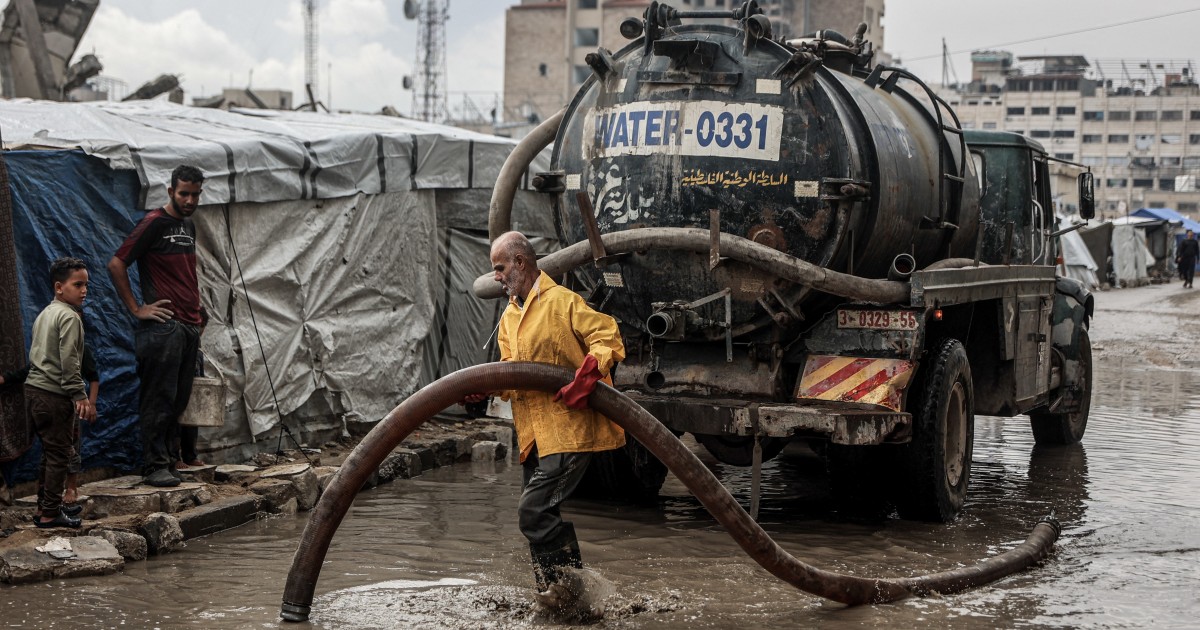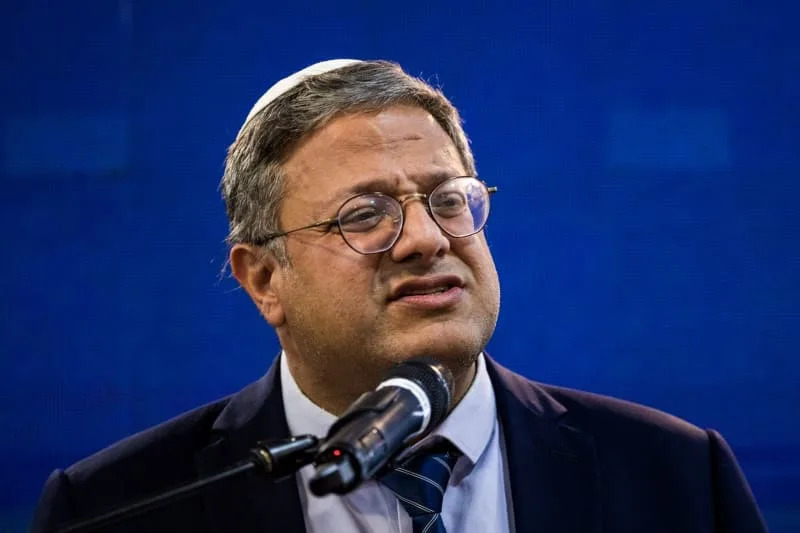More than 150 former Hamas prisoners were recently photographed enjoying a lavish stay at the Renaissance Cairo Mirage City Hotel in Egypt. This luxury experience followed their release under the terms of a peace deal related to the ongoing conflict in Gaza. The hotel stay has drawn significant attention, particularly regarding the nature of the individuals involved and the implications of their release.
Among the 154 ex-prisoners were notorious figures, including Mahmoud Issa, who had been imprisoned since 1993 for the abduction and murder of Israeli border police officer Nissim Toledano. Another released prisoner, Samir Abu Nima, was jailed for a bus bombing in Jerusalem in 1983, which resulted in the deaths of six individuals, including an 11-year-old boy. Muhammad Zawahara participated in a deadly shooting near a Jerusalem checkpoint in 2024, further highlighting the violent backgrounds of some of those released.
The hotel stay, initially a part of the agreement associated with the Gaza peace deal, allowed the former prisoners to indulge in high-end amenities, from fine dining to relaxing by the pool. Photographs surfaced showing them enjoying cappuccinos and celebrating the wedding of Akram Abu Bakr, a figure linked to numerous violent acts. The wedding took place on October 18, 2023, and coincided with another wedding at the hotel, drawing stark contrasts between the celebrations of different groups.
Public Reaction and Government Response
The news of these former prisoners enjoying a luxurious lifestyle has sparked outrage among various segments of the public. David Mencer, an official from the Prime Minister of Israel’s office, emphasized the moral complexities involved in their release. He stated, “These men are terrorists, convicted of bombing buses, murdering students, and kidnapping teenagers. Israel freed them not to reward evil but because we value human life above all.”
The release of these individuals was part of a broader cease-fire and hostage release deal, which saw Israel free over 2,000 security prisoners, including 250 serving life sentences for serious terror offenses. This trade-off was made in exchange for all living Israeli captives and the remains of deceased hostages still held by Hamas.
Reports indicate that the terror group has yet to return all the bodies of slain captives, raising further concerns about the implications of the deal. As the situation continues to unfold, the juxtaposition of luxury and the violent past of these individuals remains a contentious topic in international discussions surrounding the Israeli-Palestinian conflict.
The release of such high-profile terrorists, combined with their subsequent celebrations, underscores the complexities of the peace negotiations and the human costs involved. It also serves as a reminder of the ongoing tensions and the challenges that lie ahead in achieving lasting peace in the region.







